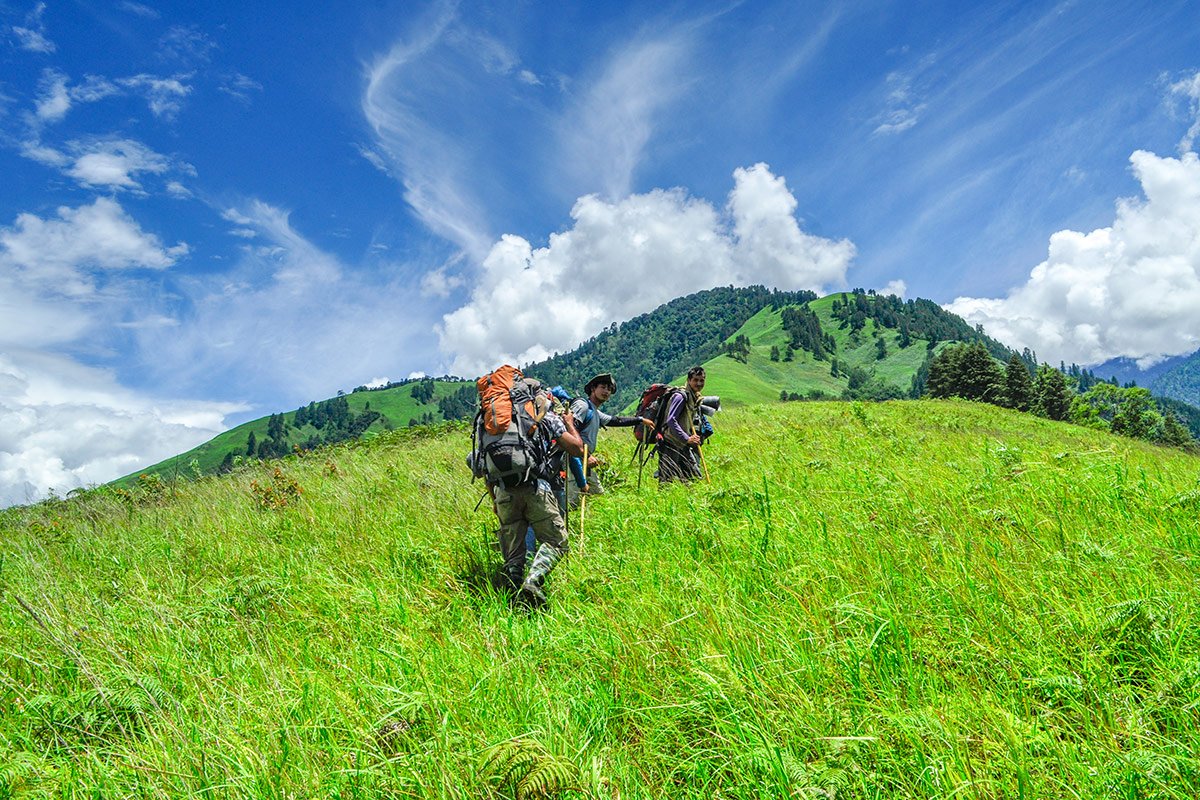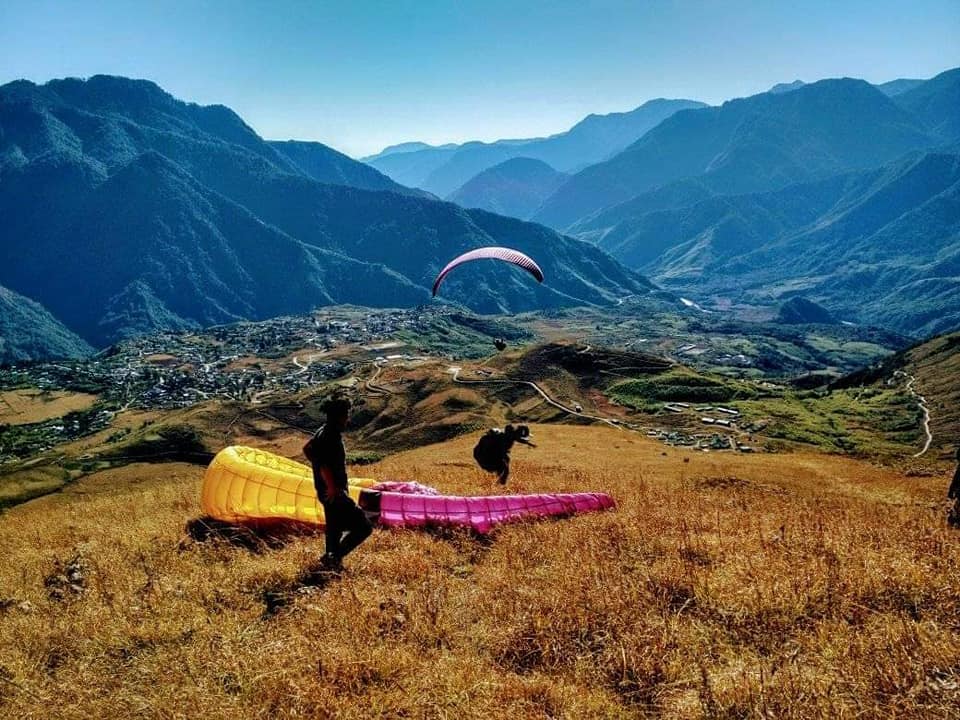Anini, the remote district headquarters of Upper Dibang Valley in Arunachal Pradesh, is a hidden gem known for its untouched beauty and serene landscapes. Perched at 1,968 meters, Anini sits between the Mathun and Dree (Dri) Rivers, offering breathtaking views of lush forests, grassy foothills, and meandering rivers reminiscent of the Swiss Alps, earning it the title “Switzerland of the East.” Surrounded by the majestic Mishmi Hills with dense evergreen forests and cascading waterfalls, Anini provides an ideal retreat for nature lovers and adventurers seeking tranquility and alpine-like charm in India’s northeastern frontier. Anini is becoming more and more popular day by day and has already placed itself as one of the must-see destinations in Arunachal Pradesh.
The Upper Dibang Valley in Arunachal Pradesh is a remote and spectacular region known for its dramatic landscapes, lush forests, and deep river valleys. Anini serves as the main gateway to explore this wilderness. Perched on a plateau between the Mathun River to the west and the Dree (or Dri) River to the east, Anini offers stunning panoramic views and a serene atmosphere, making it the central hub for adventurers and nature lovers alike.
Places to Visit in Anini, Upper Dibang Valley
Anini is situated where the northeastern Himalayan ranges merge into the Mishmi Hills, forming a unique geography at the crossroads of the Northeastern Himalayas and the Indo-Burma ranges. The valley is crisscrossed by three major rivers: the Mathun River to the northwest, the Dree (Dri) River to the northeast, and the Talon River to the southeast. These rivers carve through deep gorges, creating a landscape marked by waterfalls, dense forests, and steep slopes.
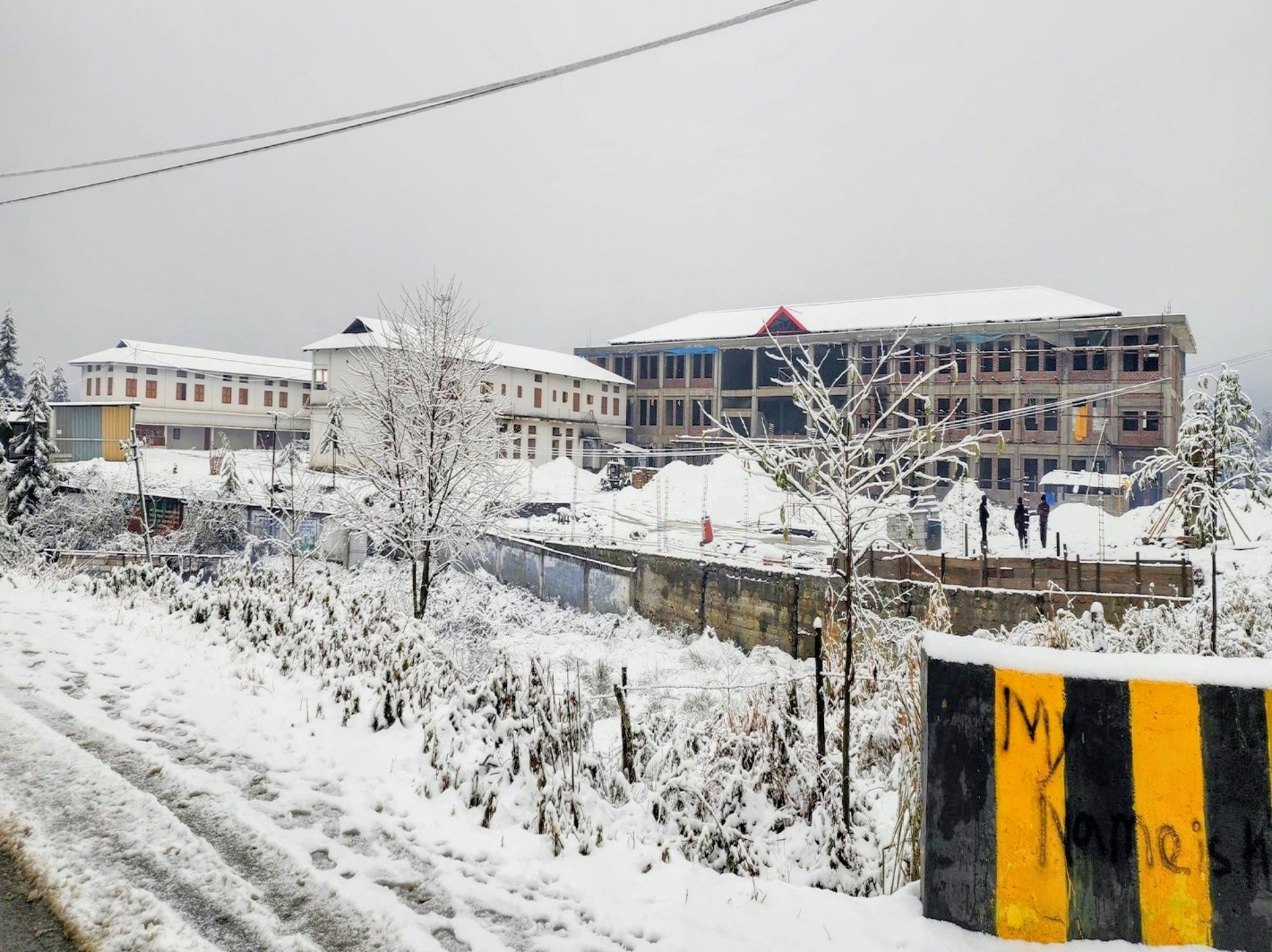
Here are the listing of visiting places that must be included in the itinerary of your tour to Anini.
Mathun River Valley
To the northwest of Anini lies the Mathun River Valley, a tranquil area characterized by rolling grassy hills and forests filled with oak, chestnut, ash, and birch trees. The valley’s gentler slopes make it accessible and ideal for enjoying sweeping panoramic views of the surrounding highlands. The lush green landscape of this valley is particularly striking during the monsoon season when the river flows at its peak, adding to the beauty of the area.
Dree (Dri) River Valley: The Land of Waterfalls
To the northeast of Anini, the Dree River Valley is often referred to as the “Land of Waterfalls” due to the numerous cascades that tumble down the steep hillsides. This valley is more rugged and dramatic, with dense forests of pine, deodar, silver fir, and cedar. The valley is traversed by the Indo-China Border Roads (ICBR), which follows the course of the Dree River toward the Indo-Tibetan border.
One of the most breathtaking stretches of this route is from Alinye to Bruni Camp, a section often referred to as the “Canvas of Waterfalls.” Here, the ICBR road is flanked by towering mountains, with waterfalls cascading down both sides, creating an almost surreal landscape of misty cliffs and rushing water. This stretch of road offers some of the most awe-inspiring views in the Dibang Valley and is particularly stunning during the monsoon season when the waterfalls are at their fullest.
Sponsored
Anini Tour Packages Starting Rs 15000/Head (5 Nights/6 Days)
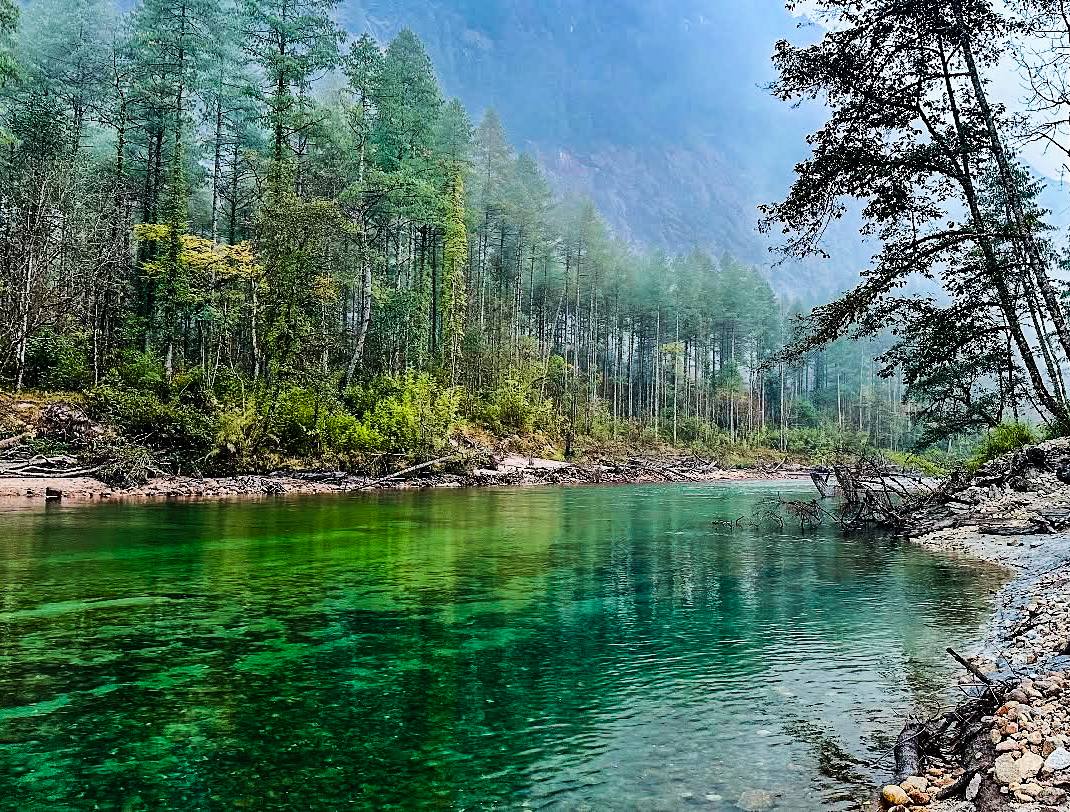
Talon River Valley
The Talon River Valley is accessible from Etalin, located 45 kilometers southeast of Anini. From Etalin, the last motorable village is Malinye, nestled deep in the valley. This region is more remote and less explored, with towering cliffs, dense forests, and fast-flowing rivers. The valley is rugged and steep, offering a challenging yet rewarding experience for those willing to venture into its wild beauty.
Mishmi Hills: The Majestic Highlands
The Mishmi Hills, which rise dramatically around Anini, add a touch of grandeur to the region’s landscape. These hills are covered in thick evergreen forests and are home to a rich diversity of flora and fauna. The temperate broadleaf forests of the Eastern Himalayas blanket the lower slopes, while higher altitudes transition into subalpine forests. In spring, the Mishmi Hills come alive with the blooms of rhododendrons, painting the hillsides in vibrant shades of red and pink, reminiscent of the alpine meadows of Switzerland.
The Mishmi people, who have inhabited these hills for centuries, add to the region’s cultural richness. Their traditional way of life, deeply connected to the land and forests, offers a fascinating anthropological dimension to exploring the area.
Dibang Valley Wildlife Sanctuary
A significant part of the Upper Dibang Valley is protected as the Dibang Valley Wildlife Sanctuary, a haven for biodiversity and one of the least-explored wildlife regions in India. The sanctuary begins near the village of Asecho/Dambeun and extends into the forested hills of the Mishmi range. It is home to rare and endangered species such as the red panda, Mishmi takin, clouded leopard, and numerous bird species, making it a paradise for wildlife enthusiasts and naturalists.
The sanctuary’s dense evergreen forests are interspersed with dramatic waterfalls, crystal-clear rivers, and high-altitude meadows. Its remoteness and pristine condition make it one of the most important areas for conservation in Arunachal Pradesh.
Ahi Valley
Ahi Valley is a secluded valley situated southeast of Anini, following the Ahi River from its origins near Dibang Wildlife Sanctuary. Known for its remote beauty, it is home to the traditional village of Anelih. The valley is an unspoiled natural paradise, surrounded by dense forests, and offers a tranquil escape for nature lovers. With limited human habitation, the valley maintains an untouched charm, where travelers can experience raw wilderness, trek through undisturbed forests, and observe diverse wildlife. Ahi Valley is particularly suitable for off-the-beaten-path trekking.
Amra/Angrim Valley
Amra Valley is centrally located in Dibang Valley District, west of Asecho village. It is a serene valley following the path of the Amra River, offering scenic beauty and a peaceful environment. The valley is known for its vibrant green landscapes and proximity to the small Angrim sub-valley. Amra Valley’s unspoiled environment makes it a prime location for ecotourism, with opportunities for bird-watching, wildlife spotting, and trekking. Its remoteness offers travelers a chance to experience the wilderness, traditional Idu Mishmi culture, and the sheer beauty of nature far from modern development.
Mipi Valley
Mipi Valley, located in the far northeast near the Indo-China border, is one of the most remote and unexplored valleys in Dibang Valley District. The valley’s isolation makes it a hidden gem for adventurers seeking raw, untouched landscapes. Mipi village serves as the starting point for explorations into the surrounding valleys. The region is a haven for trekkers and wildlife enthusiasts, with dramatic landscapes that range from dense forests to alpine meadows. The valley’s inaccessibility preserves its pristine nature, making it ideal for travelers seeking solitude and an authentic wilderness experience.
Anini Valley
Anini Valley surrounds the town of Anini, the administrative center of Dibang Valley District. Nestled in the Himalayan foothills, the valley offers panoramic views of snow-capped peaks, terraced fields, and lush greenery. Anini Valley is easily accessible compared to other valleys in the district and serves as a base for exploring the nearby wilderness, including Dibang Wildlife Sanctuary. The region is known for its rich cultural heritage, with the Idu Mishmi people living in harmony with nature. The valley’s scenic beauty and cultural significance make it an ideal destination for cultural and nature tourism.
Anini Subdivision and The Administrative Blocks
The Upper Dibang Valley is divided into several administrative blocks and circles, each covering different parts of the region:
- Anini Subdivision: Includes the town of Anini and surrounding villages such as Alinye and Dambeun.
- Etalin-Malinye Block: Covers the Talon River Valley, including the villages of Etalin and Malinye.
- Anelih-Arzoo Block: Extends to the lower Dibang Valley and includes villages such as Anelih and Arzoo.
Upper Dibang Valley’s unique blend of untouched wilderness, cascading waterfalls, and towering mountains makes it one of India’s most stunning natural landscapes. Anini, with its strategic location and breathtaking views, serves as the ideal base to explore this remote frontier, earning it comparisons to the alpine beauty of Switzerland.
Dree/Dri River Valley: The Prime Attraction in Anini
Dree (Dri) River Valley: Course, Villages, and Key Attractions
The Dree (Dri) River is a pristine tributary in the Dibang Valley of Arunachal Pradesh, flowing through some of the most remote and picturesque landscapes in India. The river passes through subalpine meadows, pine and conifer forests, gorges, and waterfalls, culminating in stunning valleys and high passes. The Dree River offers adventure enthusiasts both motorable routes and well-marked trekking trails, with hidden gems at nearly every turn.
1. Anini to Alinye: Start of the Journey
The journey along the Dree River begins in Anini, the district headquarters of Dibang Valley. Following the river along the Indo-China Border Road (ICBR), travelers head towards Alinye, a small village nestled amidst rugged terrain. The road runs parallel to the Dree River, offering breathtaking views of the deep valley and emerald waters below. Waterfalls tumbling into the river and the lush, forested hills make this stretch a scenic drive.
2. Alinye to Dree Afra Campsite
After Alinye, the river course leads towards the Dree Afra Campsite, a serene location by the river, ideal for those seeking a peaceful retreat amidst nature. The campsite provides a vantage point to witness the transition from rolling valleys to the rugged wilderness that defines the Dibang Valley.
3. Asecho and Dibang Valley Wildlife Sanctuary
Beyond Dree Afra, the river flows through the village of Asecho, marking the entrance to the Dibang Valley Wildlife Sanctuary. This stretch is particularly known for its biodiversity, with the sanctuary protecting a variety of flora and fauna, including rare species such as the Mishmi takin, red panda, and clouded leopard. The riverbanks here are ideal for spotting wildlife and soaking in the natural beauty of the region.
4. Chigu Camp to Bruni: Start of the Upper Mishmi Hills
The Dree River continues towards Chigu Camp, located in the upper reaches of the Mishmi Hills. From here, the journey to Bruni marks the end of the motorable road, and the beginning of a well-marked hiking trail. This part of the valley is rich with subalpine meadows, pine and conifer forests, and cascading streams. The upper course of the Dree River is flanked by towering mountains, making it a prime location for trekkers and nature lovers.
5. Bruni to Pomo Waterfalls: The Heart of the Dibang Valley
Continuing along the hiking trail from Bruni, the path follows the upper course of the Dree River through a landscape dotted with subalpine meadows and dense forests. Along the way, the trail passes the stunning Pomo Waterfalls, one of the most magnificent natural attractions in the Dibang Valley. The powerful cascade, set against the backdrop of towering cliffs and forests, makes Pomo Waterfalls a must-see spot for trekkers and adventurers.
Mathu Valley: The Valley of Grass Hills
Mathun Valley, often referred to as the “Valley of Grass Hills,” is a scenic river valley formed by the Mathun River. It lies at the intersection where the northeastern Himalayan Siang Antiform ends and a transitional buffer zone begins before merging into the rugged Mishmi Hills at the Dree (Dri) Valley. The valley is characterized by gently rolling grassy hills, dotted with oak, birch, chestnut, and ash trees, creating a unique landscape. This picturesque setting, with its open grasslands and temperate forests, adds to the serene beauty of the region, making it an idyllic retreat for nature enthusiasts.
Exploring Villages of Mathu Valley:
As you venture beyond Anini, you’ll have the opportunity to explore remote villages nestled in the rolling grass hills of Mathu Valley like Maro, Maronli, Emuli, Brango and Mipi. Imagine trekking through the hills, the landscape changing as you ascend higher. Suddenly, you catch sight of Mipi village nestled in the valley below, smoke rising from the traditional longhouses.
Anini and Upper Dibang Valley’s Ever-Changing Seasons
Anini, the gateway to the Dibang Valley Wildlife Sanctuary, experiences a dramatic transformation of its landscapes throughout the year, each season painting a unique masterpiece. Understanding these seasons is essential for travelers seeking to uncover the true essence of this remote paradise.
Getting to Anini: A Journey Worth the Effort
Reaching Anini was once a daunting task, with treacherous roads, landslides, and blockages. However, in recent years, it has become more convenient to travel to this remote paradise. Here are some options for reaching Anini:
By Air: The nearest airport is Dibrugarh, from which you can take a bus or taxi to Roing and then onwards to Anini.
By Road: There are direct overnight buses from Guwahati to Roing. Alternatively, you can take a train or bus to Dibrugarh/ Tinsukia and then a bus to Roing. Shared cabs are also available from Roing to Anini, but it’s advisable to book in advance.
Entry Formalities
Indian Tourists
- eILP for Indian Citizens: The eILP is applicable for Indian citizens only. Indian citizens visiting Arunachal Pradesh need to obtain this permit to enter certain restricted areas in the state. https://eilp.arunachal.gov.in/preTuristEIlpKYC
- Tourist eILP Duration: The tourist eILP is valid for a stay of up to 14 days. This permit is suitable for tourists who plan to stay in Arunachal Pradesh for a shorter duration.
- Provisional ILP for Longer Stays: If tourists plan to stay beyond 14 days, they may apply for a provisional ILP. This allows for extended stays in the state.
- Age Requirement: Individual eILP is not required for travelers below 14 years of age. However, they must be accompanied by an adult.
- Verification of Information: All information provided in the eILP application is subject to verification. Providing wrong or misleading information can lead to penal action.
Read More
When staying in Anini and aiming to embrace the local culture, it’s essential to choose accommodations that allow you to connect with the region’s unique heritage and traditions. While Anini may not have a wide range of accommodation options, you can find guest houses and hotels that offer a genuine local experience. Here are a few suggestions for places to stay in Anini: Government Guest Houses: Anini has government-run guest houses that are often the most reliable and readily available options for accommodation. These guest houses are typically modest in terms of amenities but offer a unique opportunity to interact with locals and experience their way of life. Local Homestays: Consider staying in a local homestay to immerse yourself in the culture and daily life of the people of Anini. Staying with a local family provides a more authentic experience, and you can learn about their customs, cuisine, and traditions. These accommodations may be basic but are rich in local character. Tribal Huts or Camps: Some areas around Anini may offer traditional tribal huts or camping options. These can be a fantastic way to experience the natural beauty and cultural heritage of the region. These huts and camps often have basic facilities, but the experience is unparalleled. Heritage Resorts: While Anini is relatively remote and may not have luxury resorts, you can sometimes find heritage resorts or lodges that provide comfortable and culturally immersive stays. Community Tourism Initiatives: Look for community-based tourism initiatives that focus on sustainable and responsible travel. These projects often offer accommodation options, guided tours, and cultural experiences that directly benefit local communities. When booking your accommodation in Anini, it’s a good idea to communicate your desire to experience the local culture and traditions with the hosts. This can lead to more enriching interactions and experiences during your stay. Additionally, engage with the locals, participate in local activities, and explore the surroundings to fully embrace the local culture while visiting this remote and captivating region. As we conclude our journey through the landscapes of Anini, we hope that our vivid descriptions have transported you to this magical destination. Anini is not just a place; it’s a dreamscape where nature’s beauty knows no bounds. Whether you seek adventure, cultural immersion, or simply a moment of tranquility, Anini has it all. From the rolling hills reminiscent of Switzerland to the turquoise Dri River and the enchanting waterfalls, Anini is a destination that leaves an indelible mark on your soul. It’s a place where time seems to stand still, and the rhythms of nature become your own. Anini is a journey worth taking, and the memories you create here will stay with you forever. So, pack your bags, set off on this mesmerizing adventure, and discover the Switzerland of the East—Anini.
Where to Stay in Anini: Embracing Local Culture
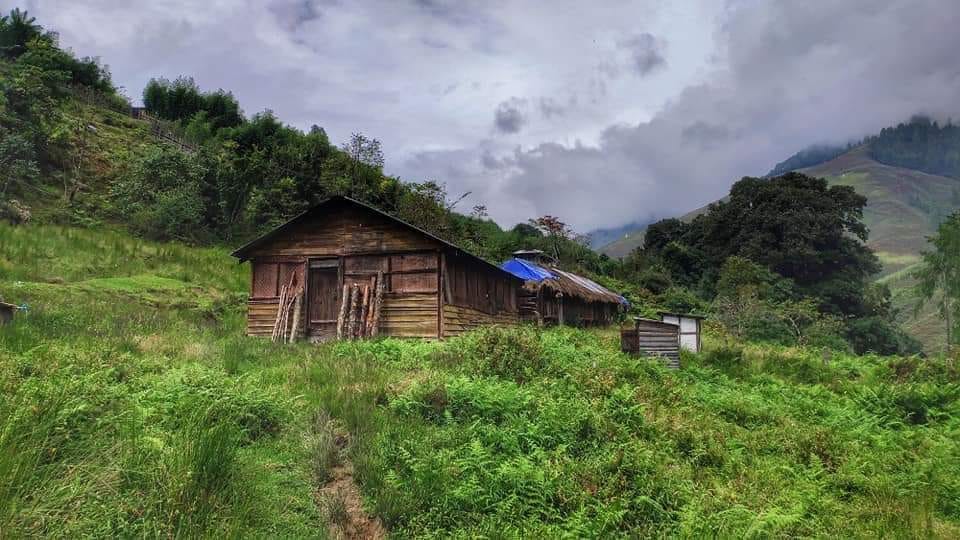
Anini, a Land of Dreams






